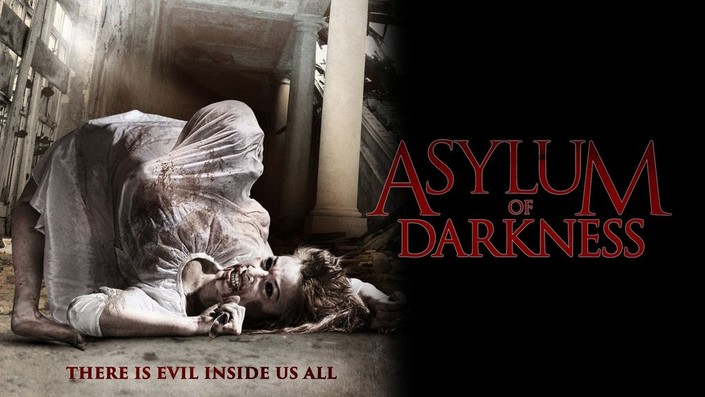The Mission – A Powerful Meditation on Faith, Colonialism, and Redemption
The Mission (1986), directed by Roland Joffé and written by Robert Bolt, is a profoundly moving historical epic that blends breathtaking cinematography with weighty moral and spiritual questions. Set in 18th-century South America during a turbulent period of colonial expansion, the film follows the clash between European imperial interests and indigenous communities, as mediated through the lens of Christian missionary work. Anchored by unforgettable performances and an iconic score by Ennio Morricone, The Mission stands as one of the most visually and emotionally arresting films of its time.
The story centers on two main characters: Father Gabriel, a Jesuit priest played with quiet strength by Jeremy Irons, and Rodrigo Mendoza, a former slave trader portrayed with fierce intensity by Robert De Niro. After Mendoza kills his own brother in a jealous rage, he descends into despair. It is through Father Gabriel’s mission among the Guaraní people—an indigenous tribe living deep in the jungle—that Mendoza seeks redemption, eventually becoming a Jesuit himself. The contrast between Gabriel’s pacifist devotion and Mendoza’s violent past forms the emotional and ethical core of the film.

The mission, a haven of peace, art, and faith, becomes threatened when colonial powers—particularly Spain and Portugal—strike a political bargain that would allow Portuguese slave traders to reclaim the land and its people. What follows is a tragic and morally complex conflict between faith, conscience, and empire. Gabriel insists on nonviolence, trusting in God’s will, while Mendoza, haunted by his past sins and devoted to the Guaraní people, chooses to take up arms to defend the mission. Their conflicting choices reflect the broader questions the film asks: Can spiritual conviction stand against brutality? And is it ever justified to fight in the name of faith?
Visually, The Mission is stunning. Shot by cinematographer Chris Menges, the film captures the lush, almost otherworldly beauty of the South American jungle and the towering Iguazu Falls, which serves as a symbolic and literal threshold between civilization and wilderness. The natural environment plays a central role, not just as a backdrop but as a living element within the story—a testament to both divine creation and human greed.

Ennio Morricone’s score is among the most celebrated in film history. His blending of classical orchestration with native musical influences—especially the haunting use of oboe and choral voices—heightens the film’s spiritual dimension and emotional resonance. The music lingers long after the credits roll, reinforcing the tragic beauty of the film’s message.
The Mission is not merely a historical drama; it is a moral parable about the tension between faith and power, redemption and condemnation, violence and peace. It does not offer easy answers, nor does it portray its characters as purely heroic or villainous. Instead, it challenges viewers to consider the human cost of colonization, the fragility of righteousness, and the enduring power of conscience.
Decades later, The Mission remains a cinematic masterpiece—a film that is as thought-provoking as it is visually and musically transcendent.

-1751614448-q80.webp)
